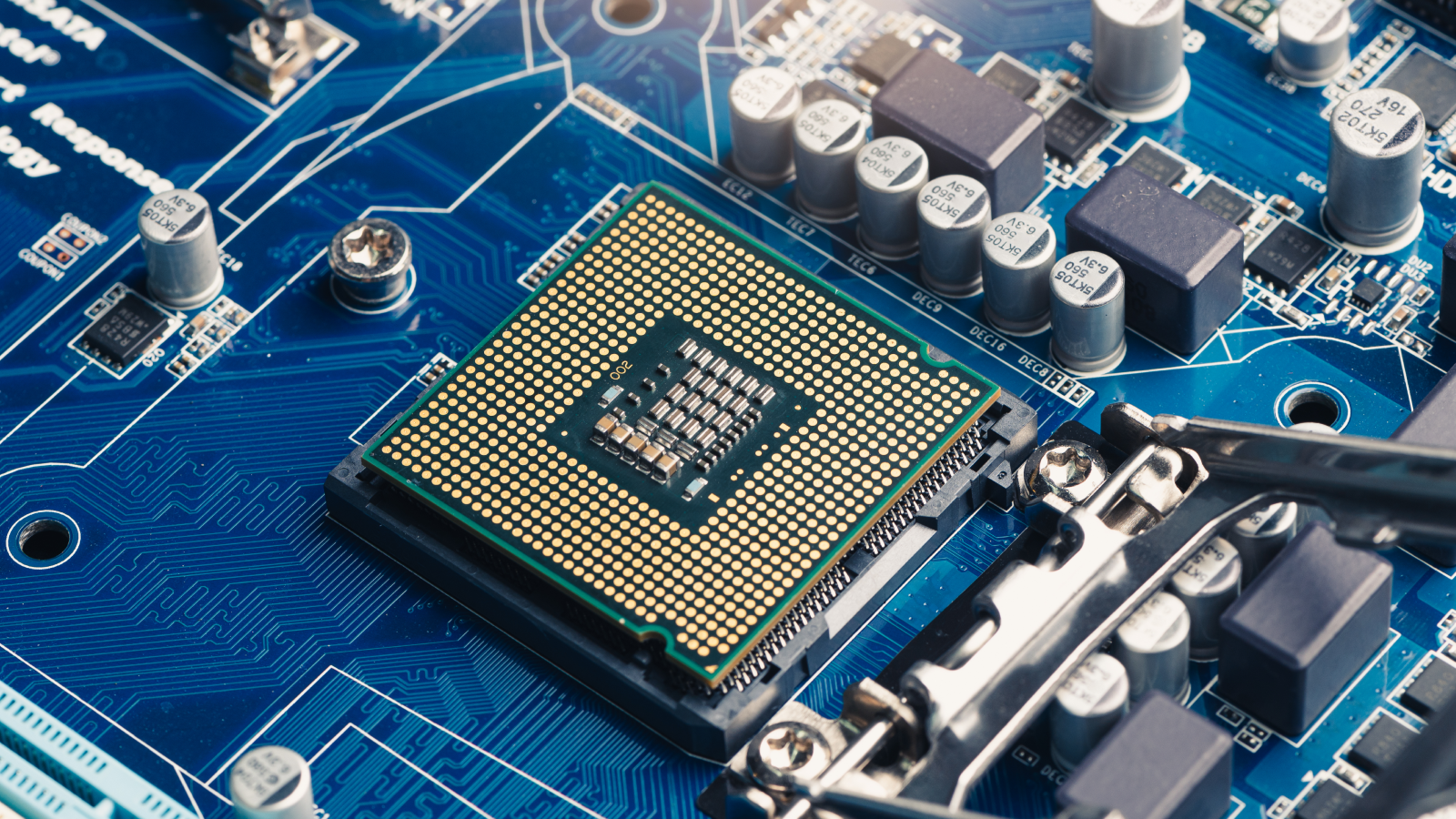“The new device is built from arrays of resistive random-access memory (RRAM) cells… The team was able to combine the speed of analog computation with the accuracy normally associated with digital processing. Crucially, the chip was manufactured using a commercial production process, meaning it could potentially be mass-produced.”
Article is based on this paper: https://www.nature.com/articles/s41928-025-01477-0



Edit: I removed a chatgtp generated summary because I thought it could have been useful.
Anyway just have a good day.
This comment violates rule 8 of the community. Please get your AI generated garbage out of here.
In that case I’m editing it. I’m sorry for my mistake, I thought it would be useful to a point. That’s why I said it was AI.
I appreciate that you wanted to help people even if it didn’t land how you intended. :)
It was a decent summary, I was replying when you pulled it. Analog has its strengths (the first computers were analog, but electronics was much cruder 70 years ago) and it is def. a better fit for neural nets. Bound to happen.
Nice thorough commentary. The LiveScience article did a better job of describing it for people with no background in this stuff.
The original computers were analog. They were fast, but electronics was -so crude- at the time, it had to evolve a lot … and has in the last half-century.